-
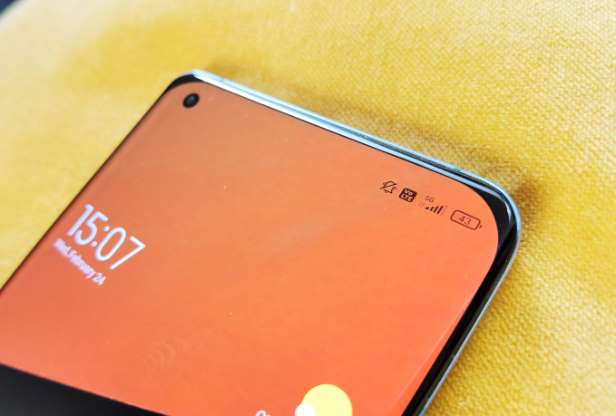
Photo with digital zoom
macro
The macro lenses on smartphones don't have the best reputation. It often seems as if the manufacturers are only installing these lenses in order to be able to mention it in the marketing materials. I've never taken really nice pictures with a macro lens.
The Mi 11 is no exception here. Although the macro lens of the Xiaomi mobile phone is one of the better, it does not create impressive photos.
At 5 MP, the resolution of the macro lens would still be acceptable. However, the sensor size is rather small at 1 / 5.0 “, which also has a negative impact on the pictures.

Photo in macro mode
Portrait fashion
The portrait mode works perfectly with the Mi 11. The software manages to correctly separate the background from the foreground without the images appearing unnatural at the end.
Even if you don't have a person in front of your lens, the portrait mode can create appealing photos. It is practical that the aperture and thus the strength of the blurring can also be changed retrospectively in the photo editor.
Night mode
In night mode, the Mi 11 can take partly good, partly less good pictures. In comparison, the night mode of the Xiaomi cell phone is one of the better night modes.
The nocturnal atmosphere is usually reproduced accordingly. The pictures are nicely brightened, do not look too unnatural and the colors are – with a little luck – displayed correctly.
The color spectrum of the pictures is often quite cold for my taste, however, and if you zoom into a photo a little, weaknesses and blurring in the details become visible.
Wide angle and night mode don't get along too well. The blurring at the edge of the image is intensified by the poor light in night mode, so that large parts of the image are slightly blurred.
By and large, the Mi 11 has a high quality camera. However, if Xiaomi wants to play along with the flagship smartphones in view of the pricing, the camera will have a hard time. In this price range, competing models usually have cameras that also have an optical zoom and whose image quality does not fluctuate that much.
Video
The Mi 11 allows 8K recordings with up to 30fps. However, the 8K mode is not really suitable for everyday use – the result is not special and the file size is enormous. Especially since you can hardly play back 8K recordings in full resolution.
Of course, the 1080p resolution is more suitable for everyday use, which enables recordings at 60fps and records videos in a significantly better quality.
When it comes to videos, Xiaomi has given the Mi 11 numerous recording modes that are apparently intended to appeal to the TikTok generation. Time Freeze, Magic Zoom, Slow Shutter, Freeze Frame Video or Parallel World are fun functions that you should at least try out.
It's #MovieMagic Time!
All it takes is just one click on the # Mi11! pic.twitter.com/C2N8o96JbQ
– Xiaomi (@Xiaomi) February 13, 2021
If you experiment a lot with videos and find yourself in a suitable situation, you might enjoy one or the other recording mode. The average user is unlikely to have any use for it.
Fingerprint sensor
The fingerprint sensor is built into the display and uses an optical sensor. This usually works reliably. Sometimes, usually after washing your hands or with hands that are not completely clean, the sensor has a little difficulty, which is annoying.
As Xiaomi mentioned when presenting the Mi 11, the fingerprint sensor can also be used as a heart rate monitor. However, this function is currently not available and will be delivered at a later date by means of an update.
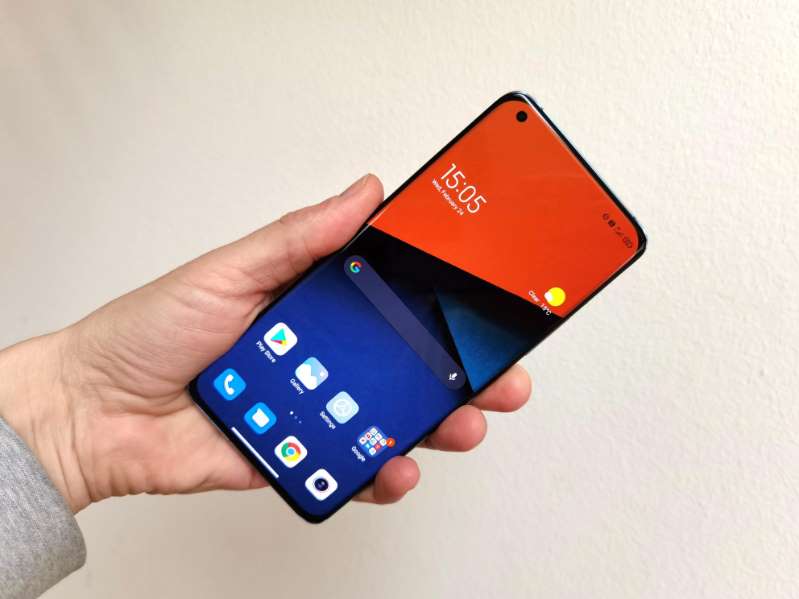
power
The Mi 11 is powered by a Snapdragon 888. The test device was equipped with 8 GB of RAM and 128 GB of internal storage. Alternatively, there are also variants with 8/256 GB and 12/256 GB. The data is saved according to the UFS 3.1 standard.
With this configuration, you don't have to worry about the Mi 11's performance. There are practically no delays. There are shorter waiting times for the resource-intensive video functions, but this is in the nature of things.
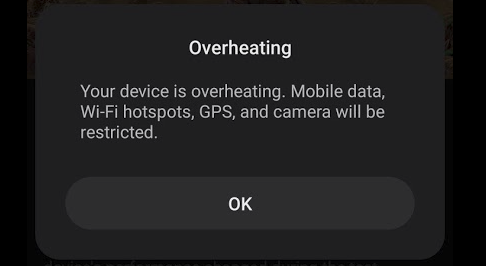
Heat development
In any case, it was interesting that the Mi 11 reached its limits in the “Wild Life Stress Test” benchmark test by 3D-Mark. After a short time, a warning appeared on the display: “Your device has overheated. Mobile data, WLAN hotspots, GPS and camera are restricted”.
The Mi 11 actually got extremely hot. So hot that the protective film has peeled off the screen. The back in the upper area and the display could hardly be touched.
Something should have upset the Mi 11 in the benchmark test. Because in everyday use, video editing, gaming and even when charging under full load, the device never got unusually hot – it didn't even get unusually warm.
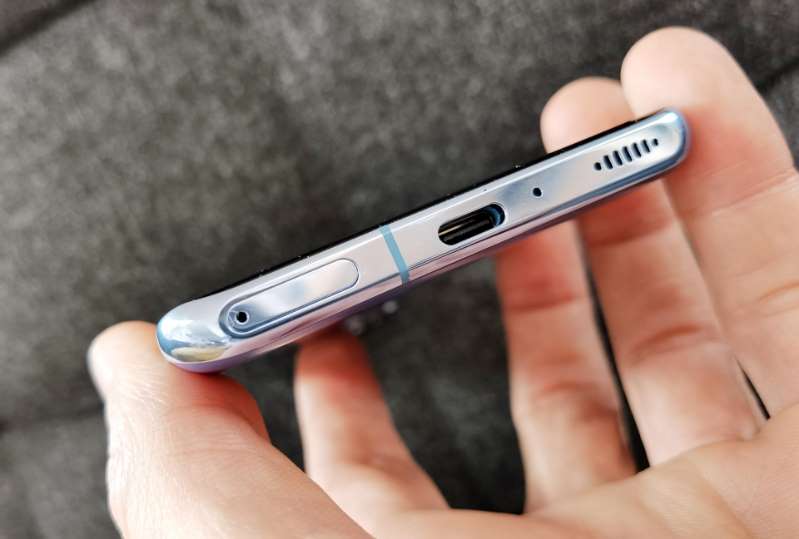
Connectivity
The Mi 11 supports WiFi according to the 802.11 a / b / g / n / ac / 6 standards. Bluetooth 5.2 NFC, 5G and an infrared port are also on board. If you have the appropriate headphones, you can fall back on the high-quality aptX HD and aptX Adaptive codecs.
There is no conventional 3.5mm headphone connection for this. However, an adapter from USB-C to 3.5mm jack is included in the scope of delivery. A microSD card to expand the storage space cannot be used.

software
The Mi 11 runs on Android 11 and the current Xiaomi interface MIUI 12. Basically, MIUI is an excellent Android adaptation that has numerous setting options ready and can convince with some refinements.
A major point of criticism of the MIUI has always been the exuberant range of pre-installed apps that cannot be deleted. For me, these apps always move quickly to a folder that is hidden somewhere on the star screen. Unfortunately, the preinstalled apps do not contain anything really useful.
What is still missing from Xiaomi is the guarantee in terms of software updates. Other manufacturers are already further here and guarantee Android updates for a certain period of time. No one has heard from Xiaomi in this regard.
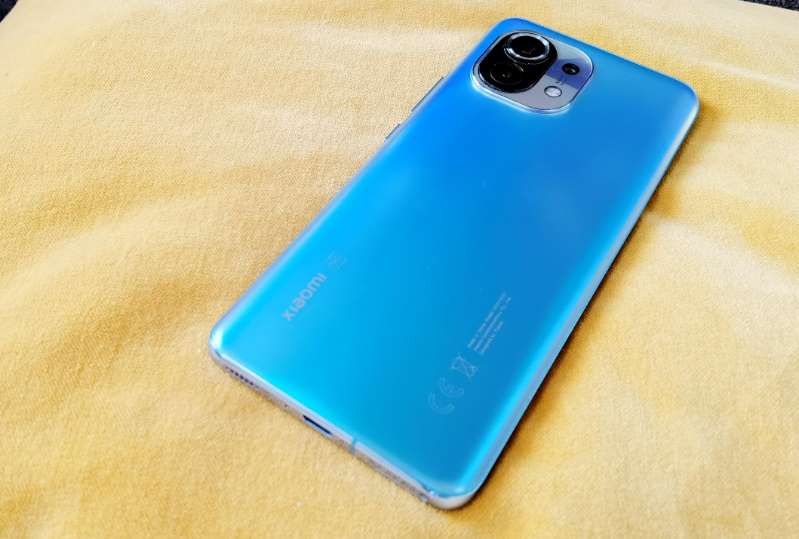
battery pack
The Mi 11's battery has a capacity of 4,600 mAh. Despite the powerful display and 5G, one battery charge can last for a surprisingly long time. With average use, there was still 20 to 30 percent remaining battery in the evening.
The Mi 11's charging performance is outstanding: wired it can be charged with a maximum of 55 watts, wirelessly with a maximum of 50 watts. Reverse wireless charging is possible with a maximum of 10 watts.
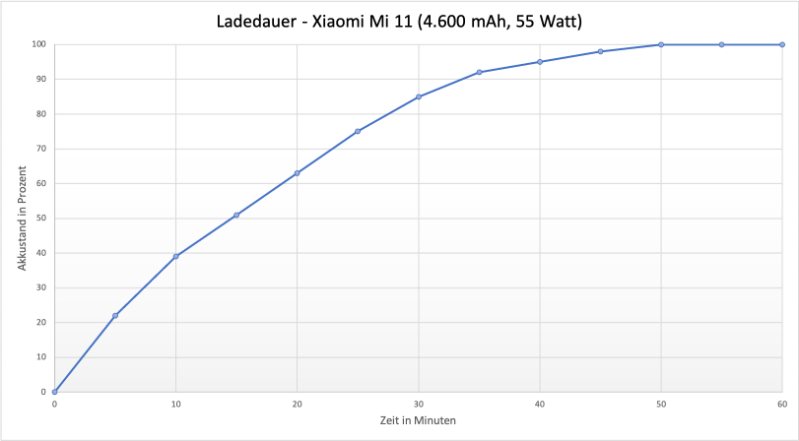
With 0 percent connected to the socket, the battery shows a full 22 percent after just 5 minutes. After a total of 15 minutes the battery is at 51 percent and after 48 minutes the Mi 11 is fully charged. These are absolute top values that hardly any other smartphone can achieve.
It is also really praiseworthy that the corresponding 55 watt fast charger is included in the scope of delivery. If you look at the competition, this is unfortunately no longer a matter of course.
Conclusion
The lack of an optical zoom and no IP rating for water protection were noticeable negatively. The camera also has some weaknesses in certain situations and under certain circumstances.
However, if you choose the Xiaomi Mi 11, you will not be disappointed. Because the smartphone has practically everything you could want from a high-quality device in the young year 2021: an almost perfect display, more than enough power, a high-quality camera and a long-lasting and quickly charged battery. The extensive scope of delivery is also to be commended.
However, the Mi 11 is not quite as cheap as you might expect from Xiaomi phones. A look back: The Mi 9 (128 GB) cost 485 euros at the market launch in 2019. The Mi 11 is currently being offered on price comparison portals for 800 euros. And the Mi 11 has really tough competition in this price range.
Xiaomi is already fishing there in the pond of the iPhones 11 and 12 and has to compete with the Samsung Galaxy Note 20 as well as the S20 series and the current S21 devices.
In view of the price, the features and the photo quality, the Mi 11 will find it difficult to hold its own against the competition. It remains to be seen how the price will develop in the coming months. If the Mi 11 is a little cheaper, it is a good choice. If it stays the same, it will be a tough fight against the competition for Xiaomi.
Xiaomi Mi 11 in the test: the would-be top device
71

